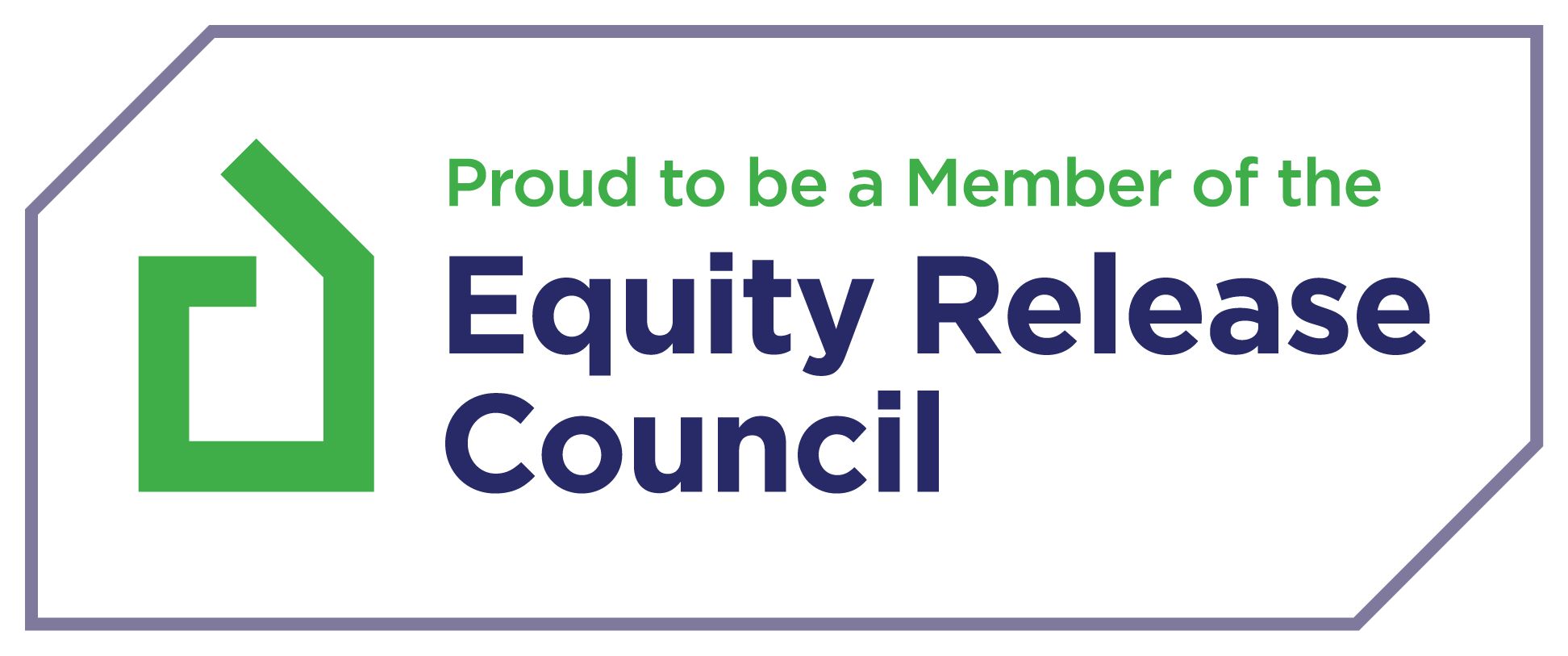The Pros and Cons of equity release
14 March 2025
As interest in equity release continues to grow, more advisers are looking to build their understanding of how these products can support later life planning. Whether you plan to advise directly or refer to a specialist, it’s important to understand both the benefits and potential risks to help clients make informed, sustainable choices.
Below is a practical breakdown of the key pros and cons of equity release - through the lens of financial advice.
The Pros of equity release
1. Access to tax-free cash
Equity release allows clients to unlock tax-free capital from their home, either as a lump sum or in flexible drawdown stages. This can be used for a wide range of objectives: repaying debts, supplementing retirement income, funding home adaptations, gifting to family, or simply improving lifestyle.
Advice point: Ensure clients understand the long-term cost of borrowing versus the short-term gain. Model the impact of taking funds all at once versus in stages.
2. No Negative Equity Guarantee
All products approved by the Equity Release Council come with a no negative equity guarantee. This protects the client and their estate - ensuring that no debt is passed on, even if the loan exceeds the value of the property upon sale.
Advice point: This guarantee provides peace of mind for clients and their families, but only applies to regulated plans meeting Council standards.
3. Retain ownership and stay at home
With a lifetime mortgage, clients remain the legal owners of their home and can stay there for life or until they move into long-term care. Unlike downsizing, equity release doesn’t require a move, making it emotionally easier for many clients.
Advice point: Assess whether staying in the property is financially and practically viable in the long term, especially if care needs may arise.
4. No mandatory monthly repayments
Clients aren’t required to make monthly payments - the loan is typically repaid from the sale of the property after death or entering care. However, many products now offer the flexibility to make voluntary interest payments, which can help manage the total cost.
Advice point: Help clients understand the benefit of optional repayments if they want to reduce the compounding effect of interest.
5. Inheritance tax planning opportunities
By reducing the value of the estate, equity release can reduce an individual’s inheritance tax liability. Some clients choose to gift funds to family during their lifetime, making use of annual exemptions.
Advice point: Collaborate with estate planning specialists where relevant, and consider lifetime gifting rules and potential deprivation of assets concerns.
The Cons of Equity Release
1. Interest roll-up increases total debt
Compound interest can significantly increase the debt over time if no repayments are made. For example, a £100,000 loan at 4.1% interest could grow to around £155,000 in 10 years if left untouched.
Advice point: Clearly illustrate projections so clients understand the long-term cost of borrowing, especially if they’re concerned about passing on inheritance.
2. Early Repayment Charges (ERCs)
Clients who wish to repay early may incur charges, which can vary depending on the product and provider. Some products have fixed ERCs, while others are variable or linked to gilt yields.
Advice point: Discuss potential life changes with clients - such as downsizing or moving in with family - that could trigger early repayment, and recommend plans with downsizing protection if appropriate.
3. Impact on means-tested benefits
Releasing capital can affect eligibility for means-tested benefits such as Pension Credit or Council Tax Reduction. This is particularly relevant for clients with lower income or minimal savings.
Advice point: Carry out a full benefits assessment or refer clients to a specialist before proceeding, to ensure they’re not unintentionally worse off.
4. Limits on future borrowing
Once equity is released, clients may be limited in accessing further funds or using the property as security for other types of lending. Some lenders offer drawdown facilities, but access depends on property value and lending criteria.
Advice point: Understand clients’ future plans and cashflow needs. Choose flexible products where appropriate and keep other assets under consideration.
5. Product and advice fees
Clients should be made aware of the upfront costs, which typically include adviser fees, solicitor fees, valuation costs, and lender fees. These can add up to £2,000-£3,000 or more.
Advice point: Be transparent about all costs and include them in suitability reports. Explain how they compare to the benefits over time.
So, is equity release right for your client?
Equity release offers flexibility and a lifeline to many clients who are asset-rich but income-poor. But it also carries long-term financial implications that require careful, personalised advice.
As a financial adviser, your role is to explore all alternatives first - from downsizing and grants to traditional borrowing - and only recommend equity release when it aligns with your client’s long-term goals and circumstances. Where appropriate, refer to a qualified specialist who can provide regulated advice under the Equity Release Council standards.
With the right guidance, equity release can be a powerful tool in later life financial planning - but only when used as part of a comprehensive, client-focused strategy.




